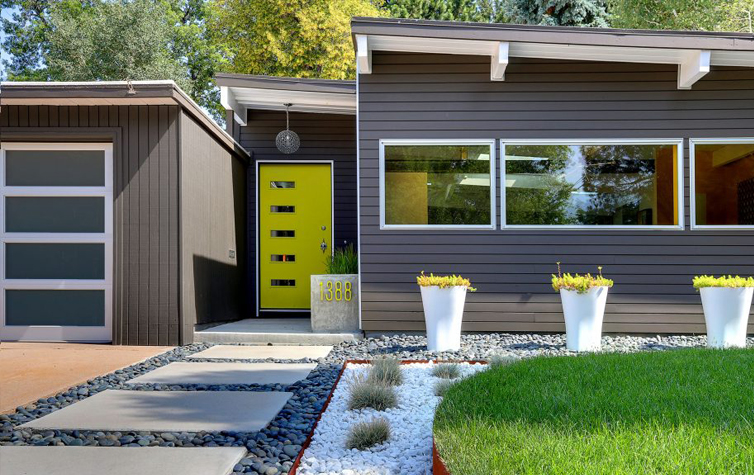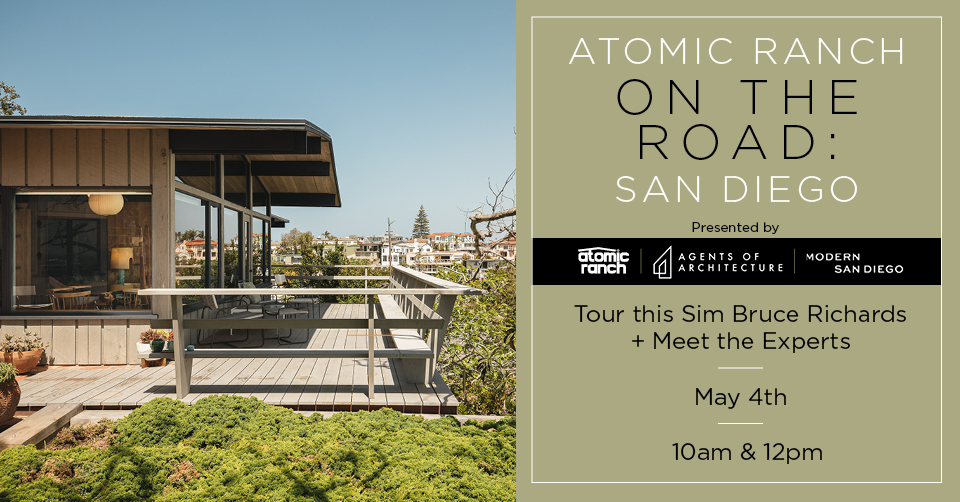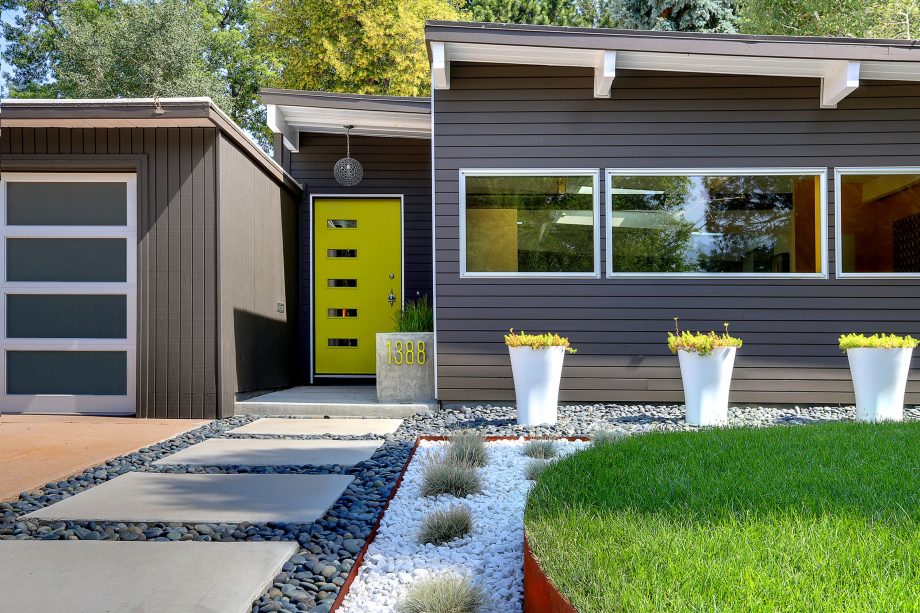
Canada grows different kinds of plants than Mexico. Why? The countries have different climates. The same works on a smaller scale too. You may want a full succulent garden, but if you live in upstate New York, you won’t have the same range of options as you would if you lived in Palm Springs, California.
So one of your first homework assignments when you plan your landscaping this spring is to learn about your climate zone.
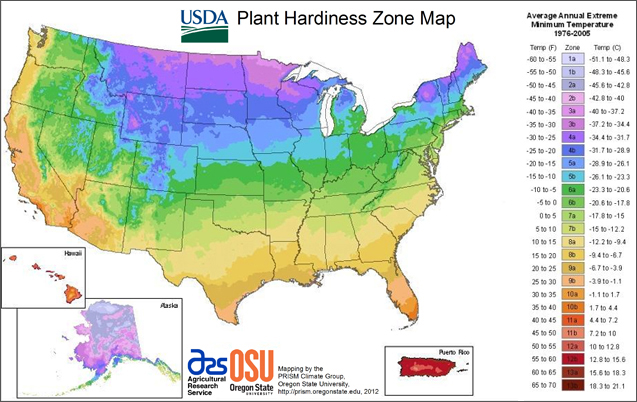
What is a Climate Zone?
A climate zone, also known as a gardening or plant hardiness zone, is an area with a specific microclimate. You can use climate zone maps as tools to determine what kinds of plants you should add to your garden. For an overall guide, check out the USDA Plant Hardiness Zone map, and for more specific information, the Sunset Climate Zones map. Both of these provide minimum winter temperatures, meaning that you shouldn’t plant any species that will die at lower temperatures. The cooler the color on the map, the lower the minimum temperature will be. The warmer the color, the higher the temperature.
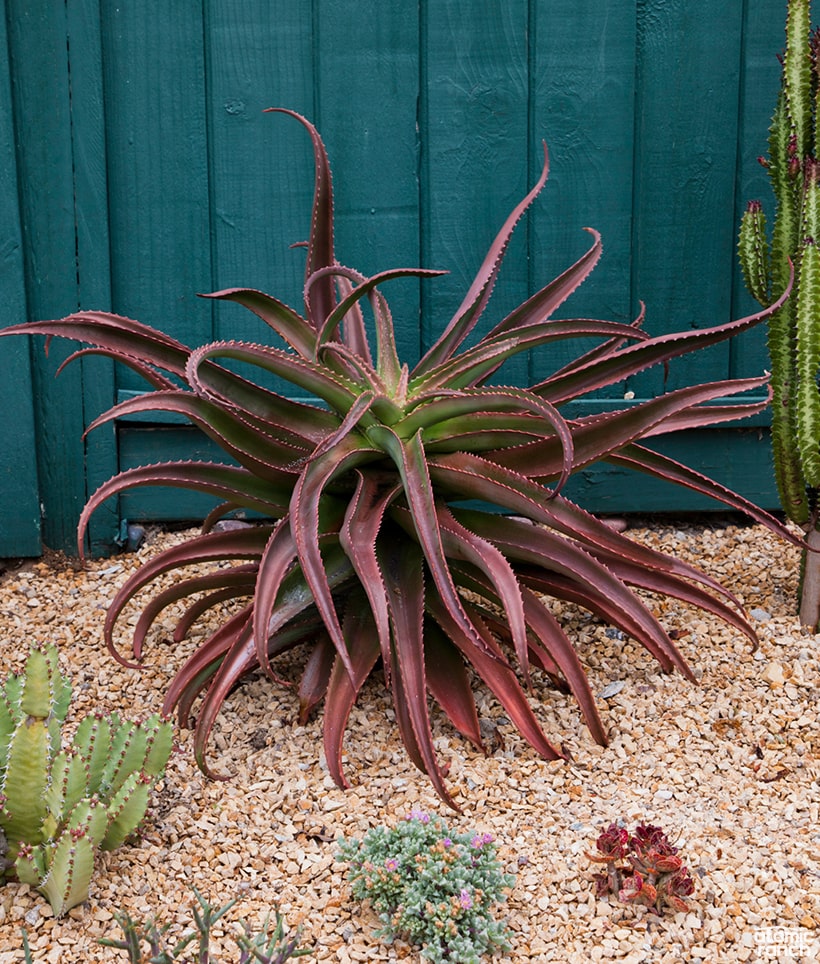
Search for the Right Plants in Your Climate Zone
Now that you’ve found your climate zone, what do you do with that information? Keep the zone in mind while you’re shopping for plants or planning your landscaping. There are several ways to do this:
- Start with the plants. If there’s a specific species you want in your garden, look up its zone so you know whether it will survive in your area. For example, if you want an agave plant, you’ll need to be in zones 5–10, which encompass the more temperate regions of the US.
- Start with the zone. If you don’t have any specific species in mind (or have no idea where to start your landscaping research) look for plants that will thrive in your zone. For example, if you’re in Phoenix, Arizona, you’re in zone 9, which is a warmer zone with a minimum temperature of 25–30° F. Most desert succulents, such as echevaria, aeonium and aloe, will do well here.
- Start with your area. The third way you can go about zoning is to research the native plants in your area, which are plants that grow naturally in your particular state or region. This is a guaranteed way to know that your plants will thrive in your garden—and you’ll have the added benefit of contributing to the wellbeing of the local wildlife and ecosystem. Many areas have native plant societies (for example, check out Colorado’s here and Southern California’s here) that you can use as a home base to research your area. Then you’ll be ready to start planning.

